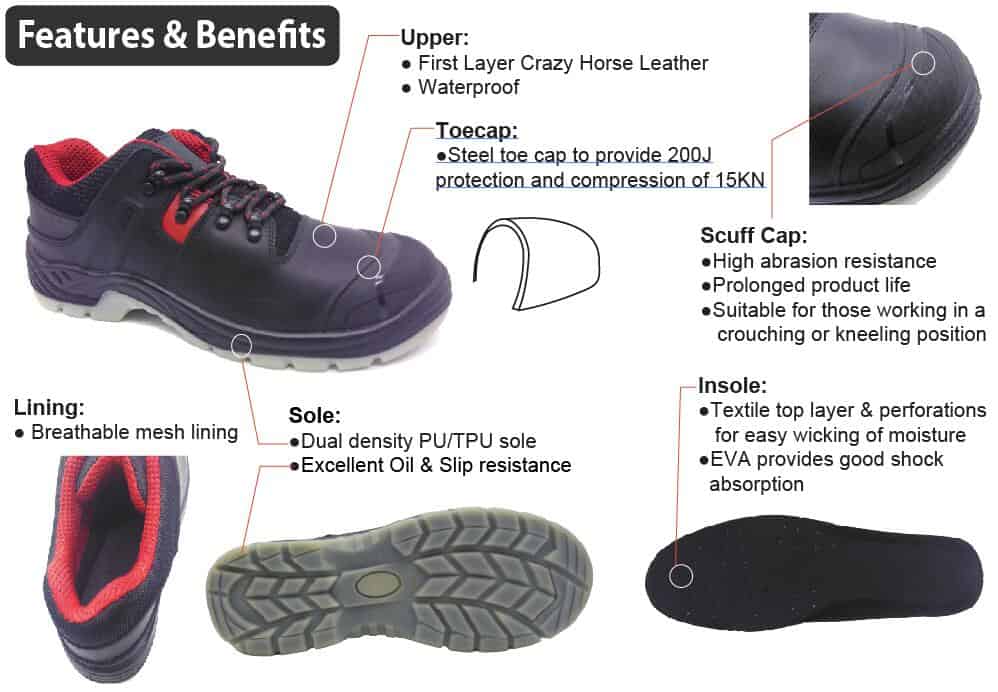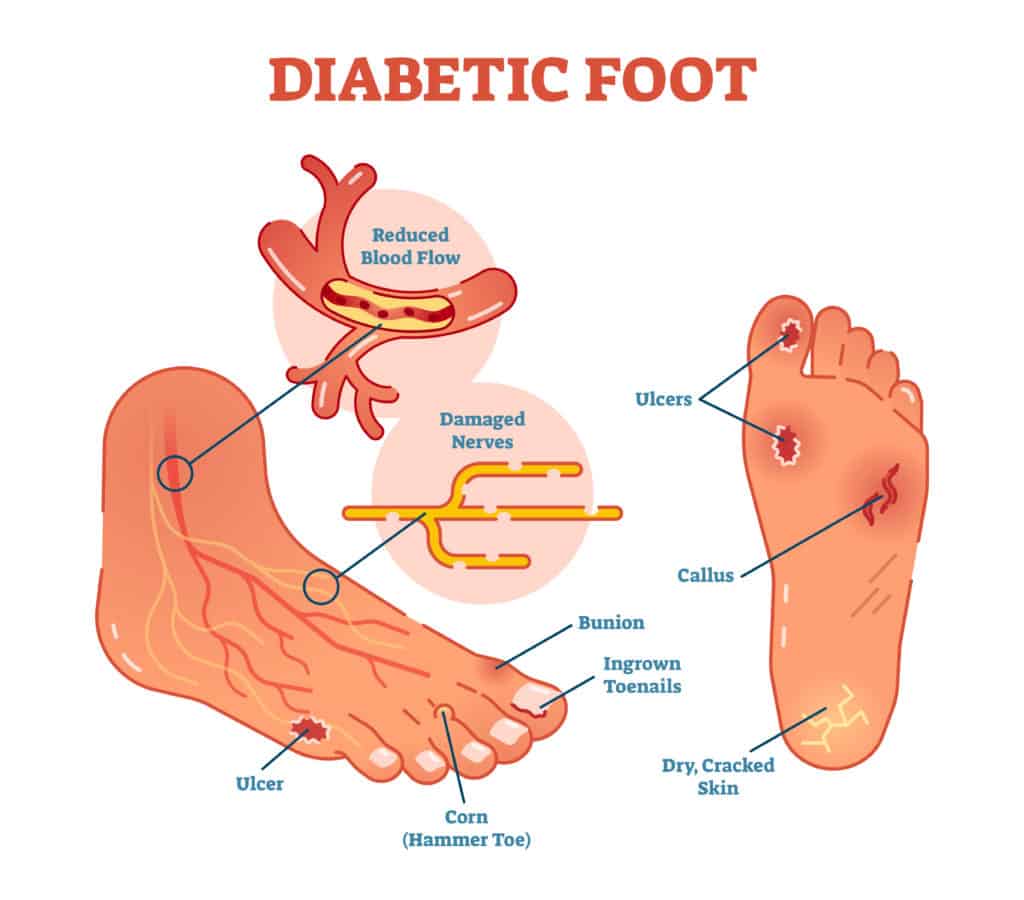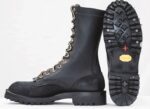 A diabetic patient is always advised by doctors to wear protective footwear because diabetics are prone to catch ailments from foot injuries which can be even fatal.
A diabetic patient is always advised by doctors to wear protective footwear because diabetics are prone to catch ailments from foot injuries which can be even fatal.
Therefore, if a diabetic patient works in a construction site or warehouse or environments exposed to electric circuits, they should always keep their feet protected and the best way to do so by wearing steel toed boots which are especially designed for the purposes.
But but but…
There are several side effects as well of wearing steel toed boots in case of diabetic patients.
In this article I am going to explain you all the positive as well as the negative sides of wearing steel toed boots for diabetic patients and yes with what precautions can a diabetic wear steel toe boots.
What are the Benefits of Wearing Steel Toes in General?
The OSHA safety guidelines require every employee working under hazardous conditions to wear safety shoes in order to prevent the chances of foot injuries. The workers who work under the following conditions are recommended to wear safety footwear:
-
-
- Dangers of falling or rolling objects
- Exposure to electrical hazards
- Dangers of sharp objects
-
These guidelines are mentioned in the section 29 CFR 1910.132 of the OSHA Personal Protective Equipment Standards and Requirements.

Along with OSHA, footwear must comply with ASTM standards as well. The ASTM F2413 requires that the footwear must be compression and impact resistant. Also, the footwear requires to pass the conductance test as a measure of protection from metatarsal test that is the test for protection of bones in between ankle and toes, electric shock protection test and static dissipative test.
The benefits of wearing steel toe boots are:
√ Steel toe boots can take up to 75 pounds of load. Therefore they protect our feet from any heavy falling or rolling objects.
√ They protect the feet from any sharp objects that is they have soleplate reinforcement wherein it blocks any form of puncture or penetration by sharp objects.
√ Steel toe boots are in general are heavy and ensure a tight grip. Thus they prevent injuries by slipping or tripping over which are a general cause of accidents in all most all the workplaces.
√ Steel toe boots are generally waterproof therefore; it is a good option for the diabetics to keep their feet dry.
The negative sides of wearing steel toe boots:
Though the benefits are innumerable, yet you cannot overlook the negative sides of wearing a steel toe boot as well:
 ⊗ They are extremely heavy to wear and therefore create discomfort.
⊗ They are extremely heavy to wear and therefore create discomfort.
⊗ They are NOT totally electrical hazard protective as steel is a good conductor of electricity.
⊗ Though the steel toe caps will endure the impact of falling or rolling object, but in the process they themselves might get deformed and penetrate into your skin to cut them through.
⊗ Steel is a good conductor of heat and cold. In other words the steel toe caps do not provide insulation from cold or hot weather. That is they conduct the cold or heat to the feet directly from the surrounding to the feet.
What are the features of diabetic footwear?
Diabetic footwear has to be especially designed with some features for the purpose. They need to be a bit extra protective and should include the following features:
-
-
- Should have extra toe space for free movement of the toes.
- Should be protective in the toe areas especially.
- Should be shock absorbent.
- Should be electrical hazard protective.
- Should have a protective metal plate in the sole.
- Should have moisture wicking material in the inside to allow breathability.
- Should have a deeply built heel cup to allow the heels to rest completely.
- Should have a soft cushioned insole for added comfort.
- Should be waterproof.
- Should be seamless on the inside in order to prevent blisters.
- They should have a midsole support and ankle support.
- Should be slip resistant.
-

Should a Diabetic Wear Steel Toe Boots?
Now arises the most important question; that is whether a diabetic can wear a steel toe boot or not? While from our deep study, we can conclude that steel toe boots comply mostly with all the requirements of diabetic footwear, yet it falls short in only some aspects which are:
-
-
 They are not complete electric hazard protective.
They are not complete electric hazard protective.- They do not provide insulation from cold or heat.
- They may cut through your toes only in severe cases.
-
Leaving these facts, steel toed footwear are safe for diabetic as well. Still we recommend talking to your doctor before you start wearing a steel toed boot if you are suffering from the following conditions being diabetic:
-
-
- If your feet constantly remain swollen.
- If you are already suffering from a chronic wound that does not heal.
- If your feet is extremely prone to blisters.
-
Protection against wearing steel toe boots for diabetics:
If you are a diabetic, you can still wear a steel toe boot with just some of the below listed precautions:
-
-
- Wear thick moisture wicking cotton socks for added protection.
- Invest in a good in a good diabetic insole.
- Stretch your boots prior to wearing them.
- Wear the boots after they have completely broken in.
- Insert padded toe caps before wearing the steel toe boots.
- Wash your feet thoroughly after removing the boots.
-
Before we say Good Bye:
You just have to make sure before selecting your steel toe boots whether they are OSHA and ASTM proved or not. If they comply with the OSHA & ASTM guidelines, they are completely safe for a diabetic too.
Just don’t forget to take the precautionary measures mentioned above and you will be completely safe.
Even better, if you consider making an appointment with your doctor before making the decision because he will understand your feet’s condition the most and its requirements.
That’s all guys for today. We will be back with a bang with our next article. Till then take care.
And…
Keep walking!







